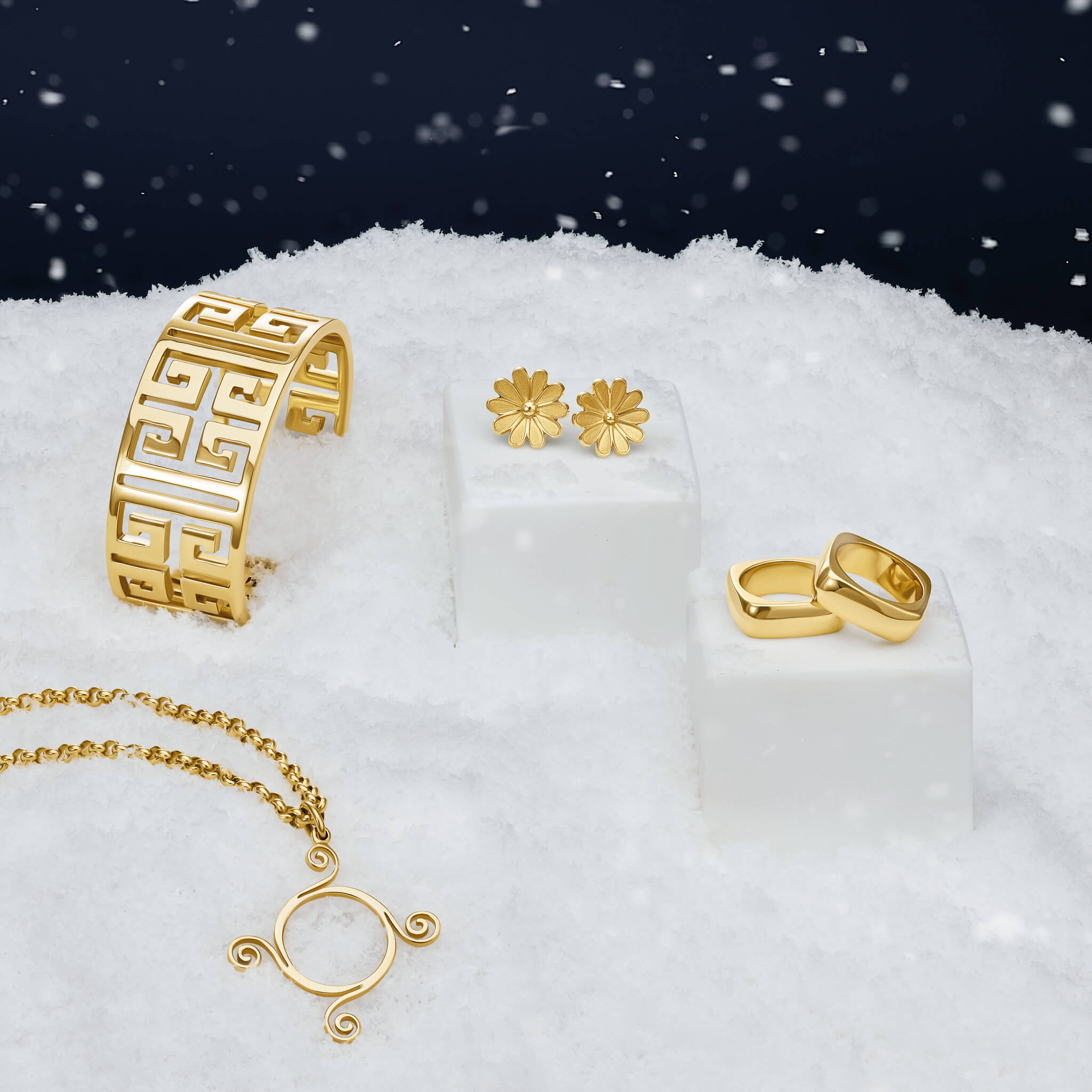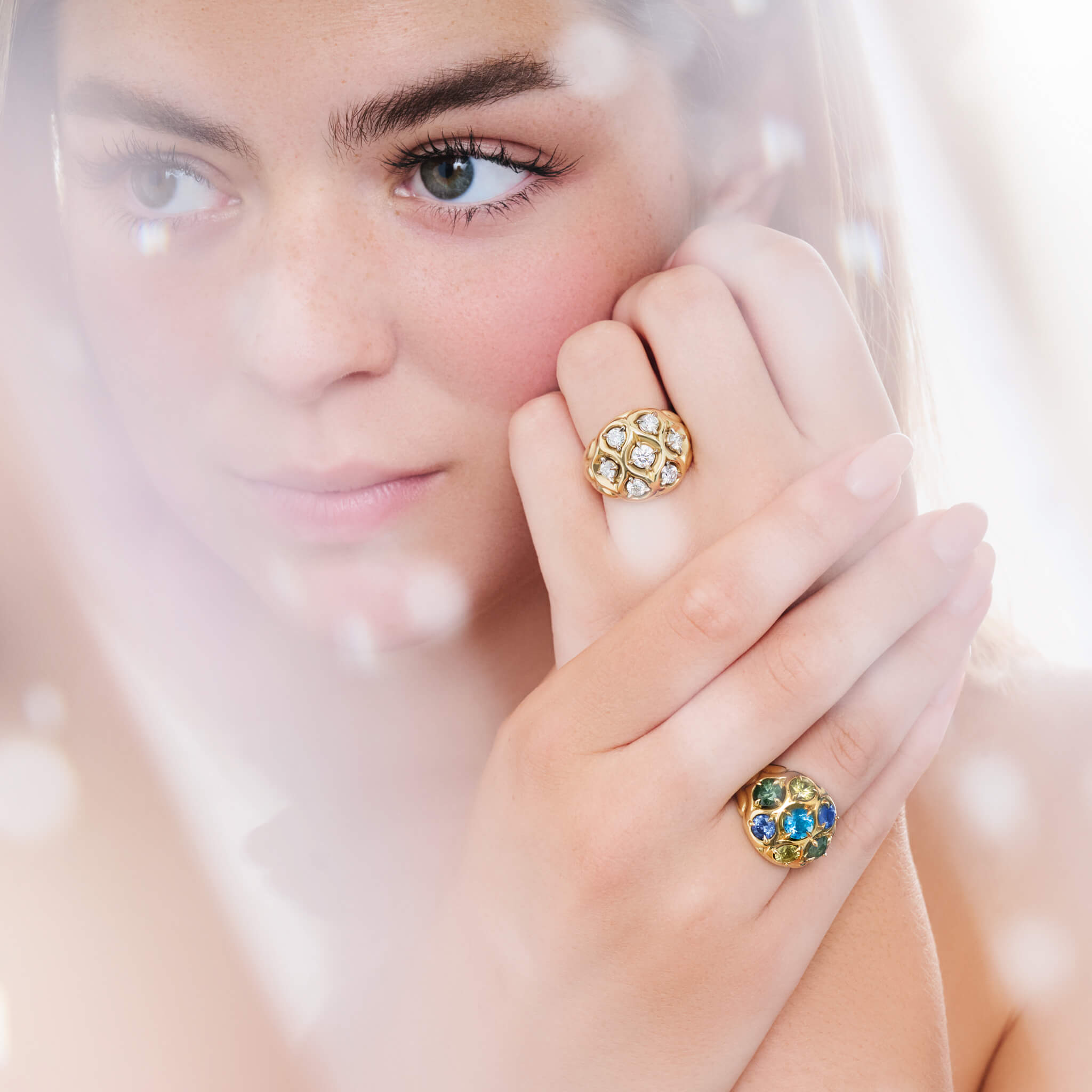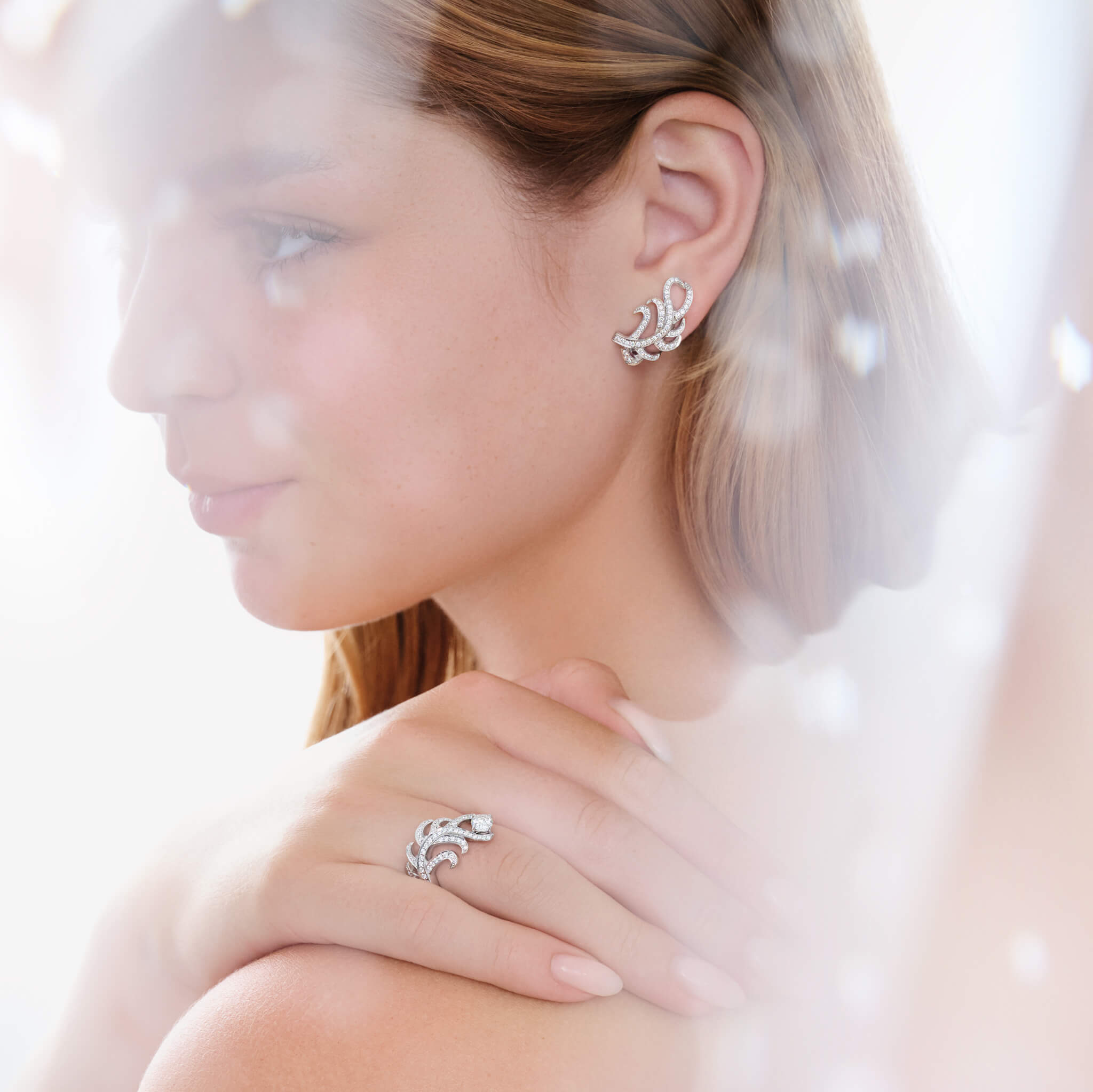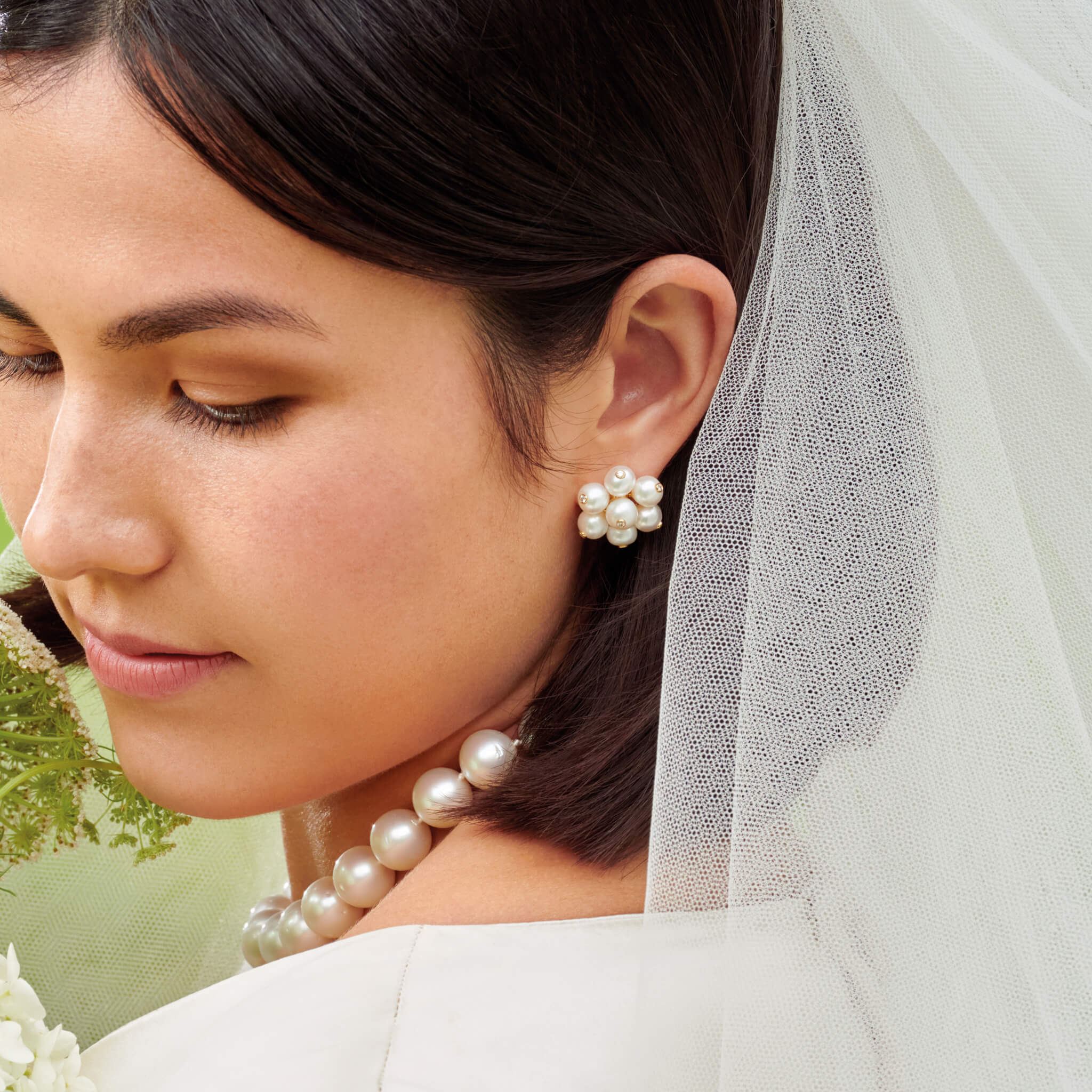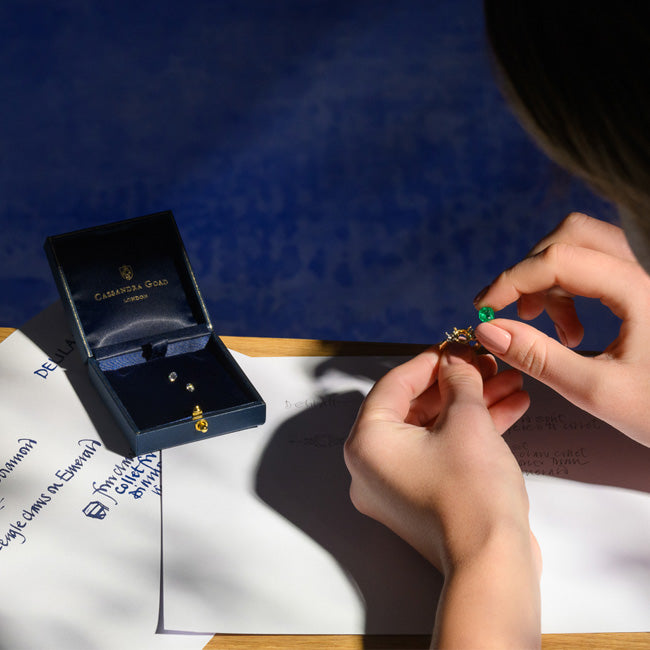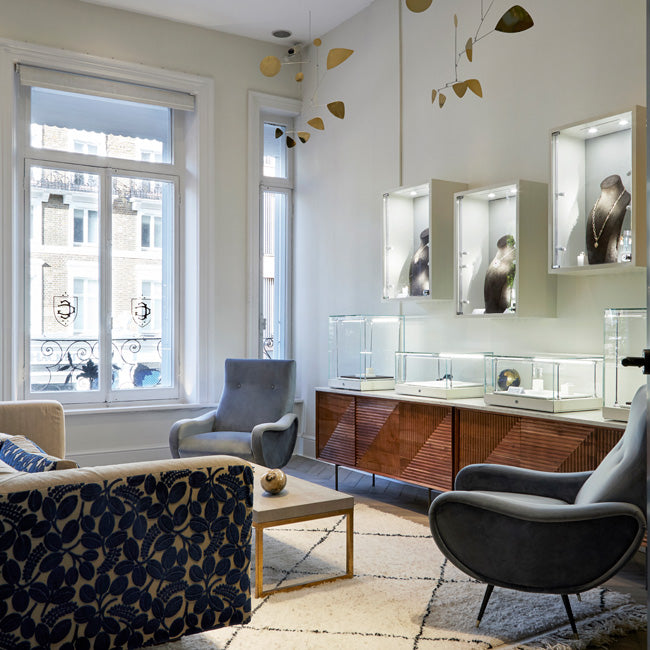Journal
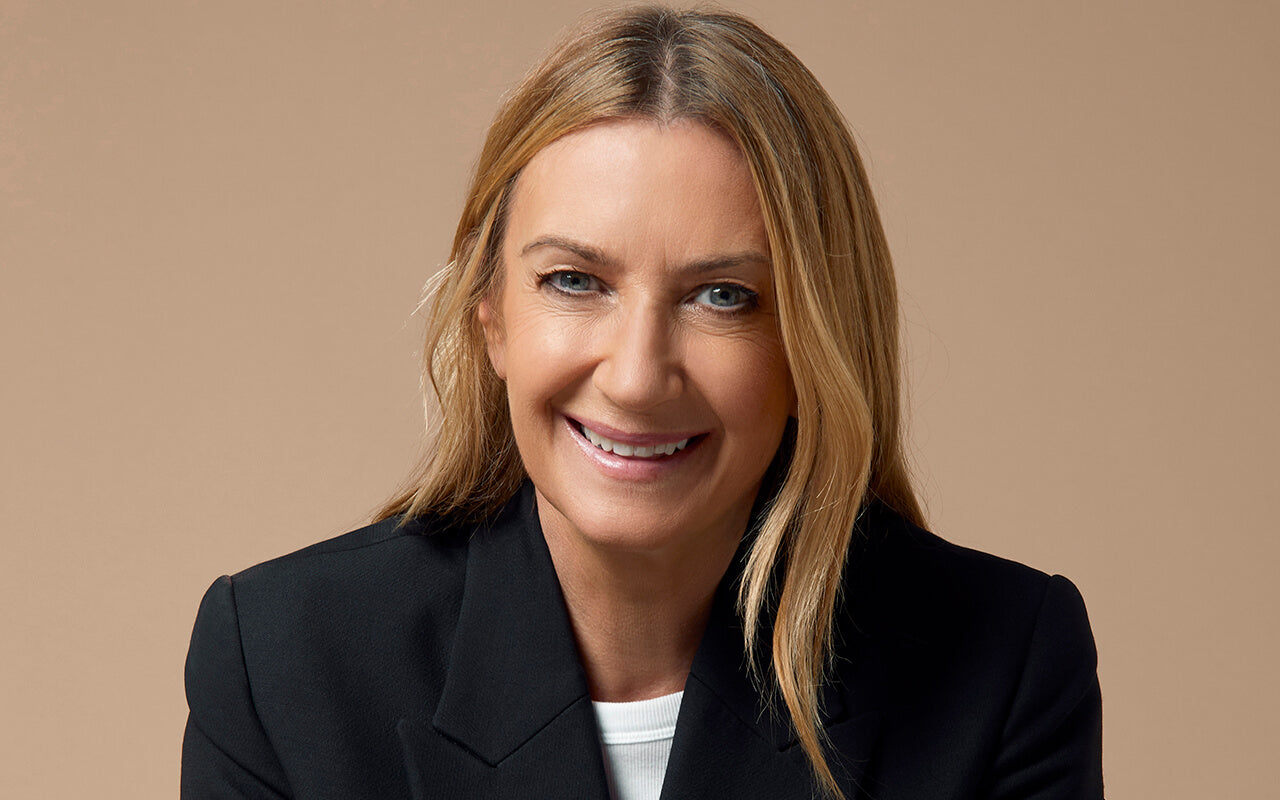
Anya Hindmarch's Festive Wishlist
Anya Hindmarch, founder of her namesake brand, shares festive rituals and favourite stocking fillers, bringing her witty, playful design spirit to Christmas.
Read more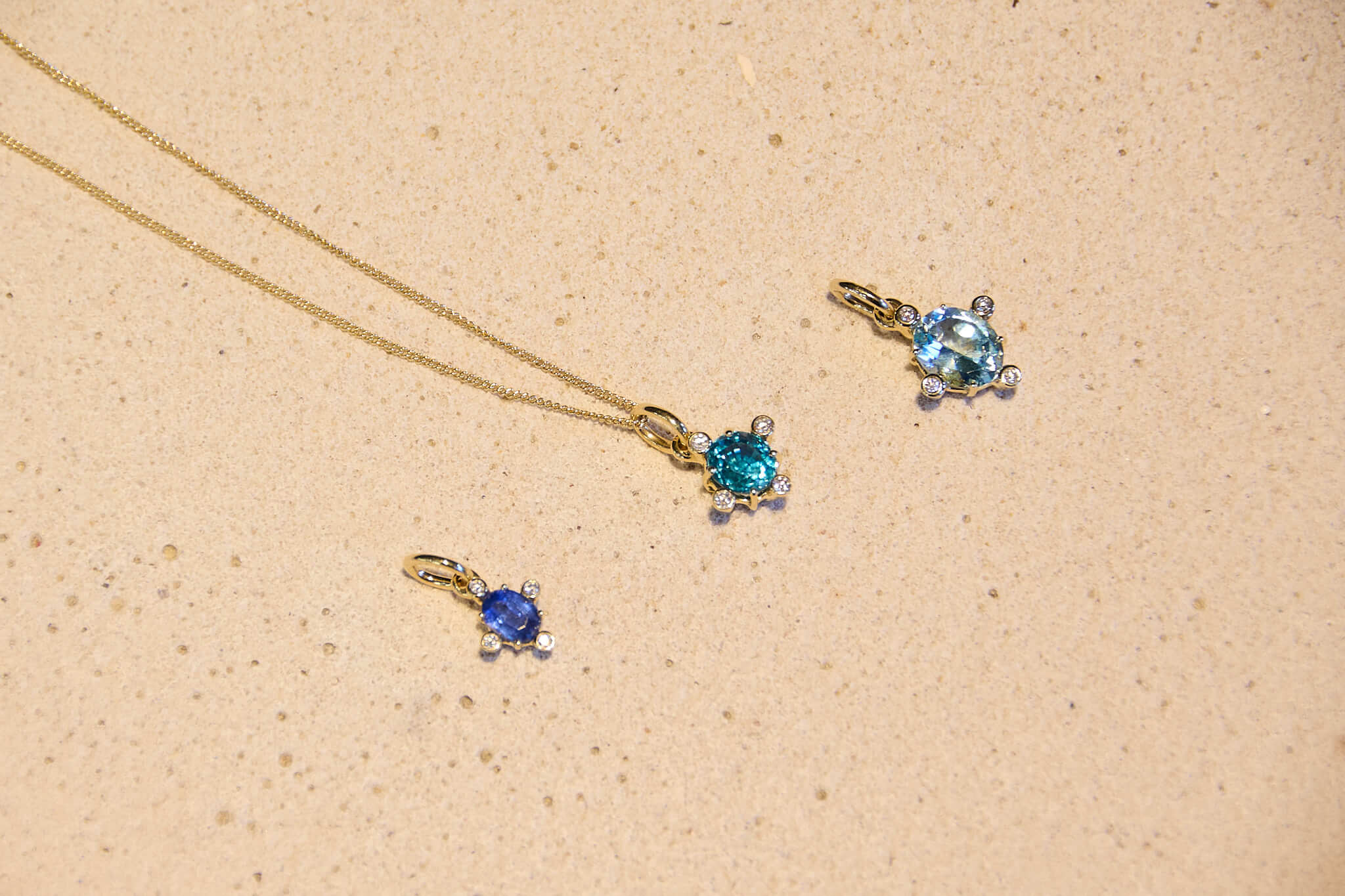
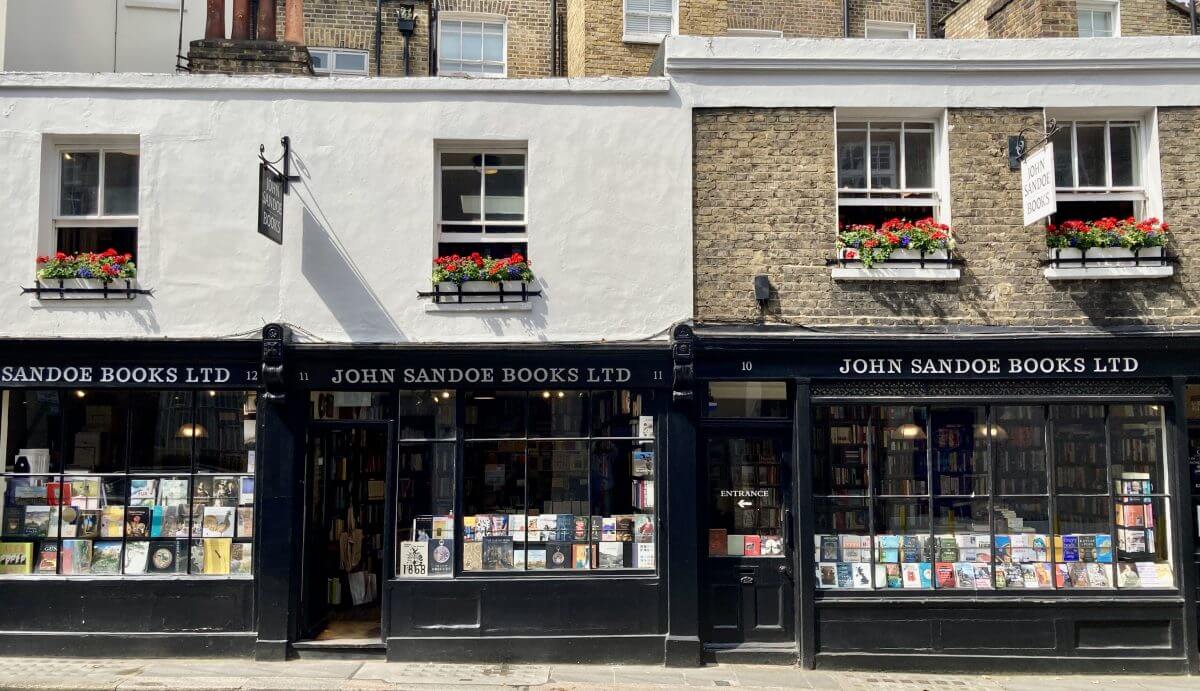
Johnny de Falbe's Festive Wishlist
Johnny de Falbe of John Sandoe Books shares his impeccably chosen small, beautiful editions - perfect inspiration for thoughtful gifts for the man who has everything!
Read more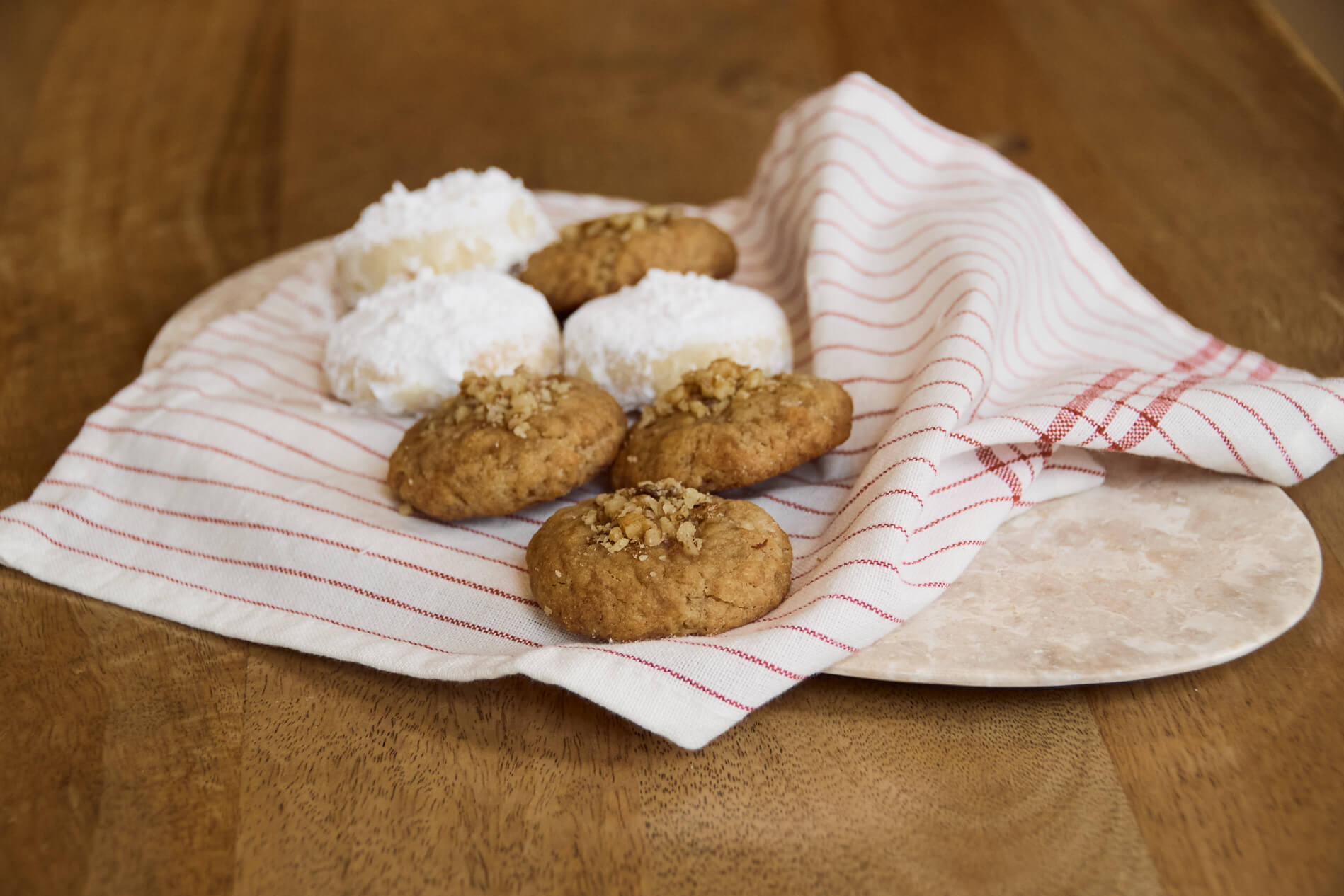
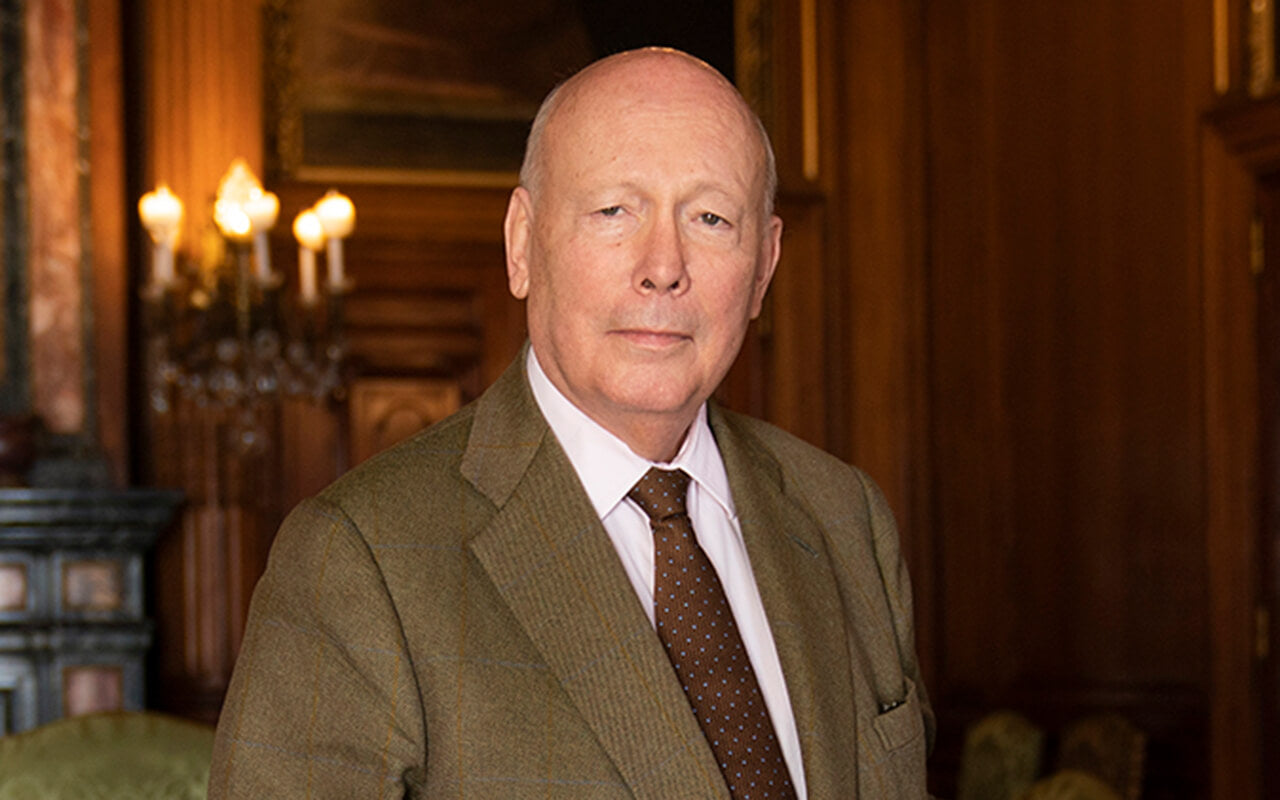
Julian Fellowes' Festive Wishlist
Julian Fellowes, creator of Downton Abbey, reflects on Christmas, preferring fine meals and friendship over gifts, saying he no longer wishes for “more things".
Read more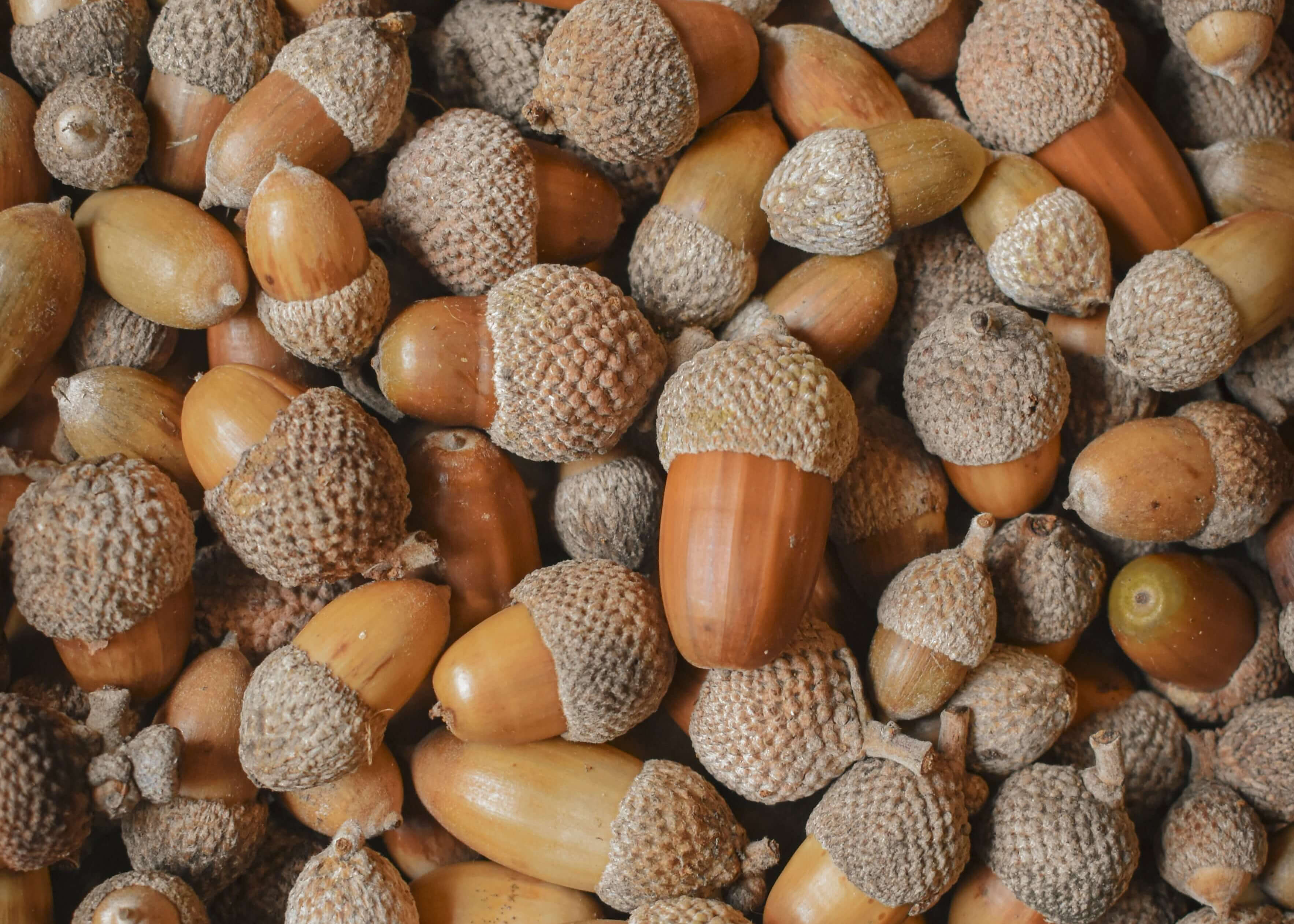
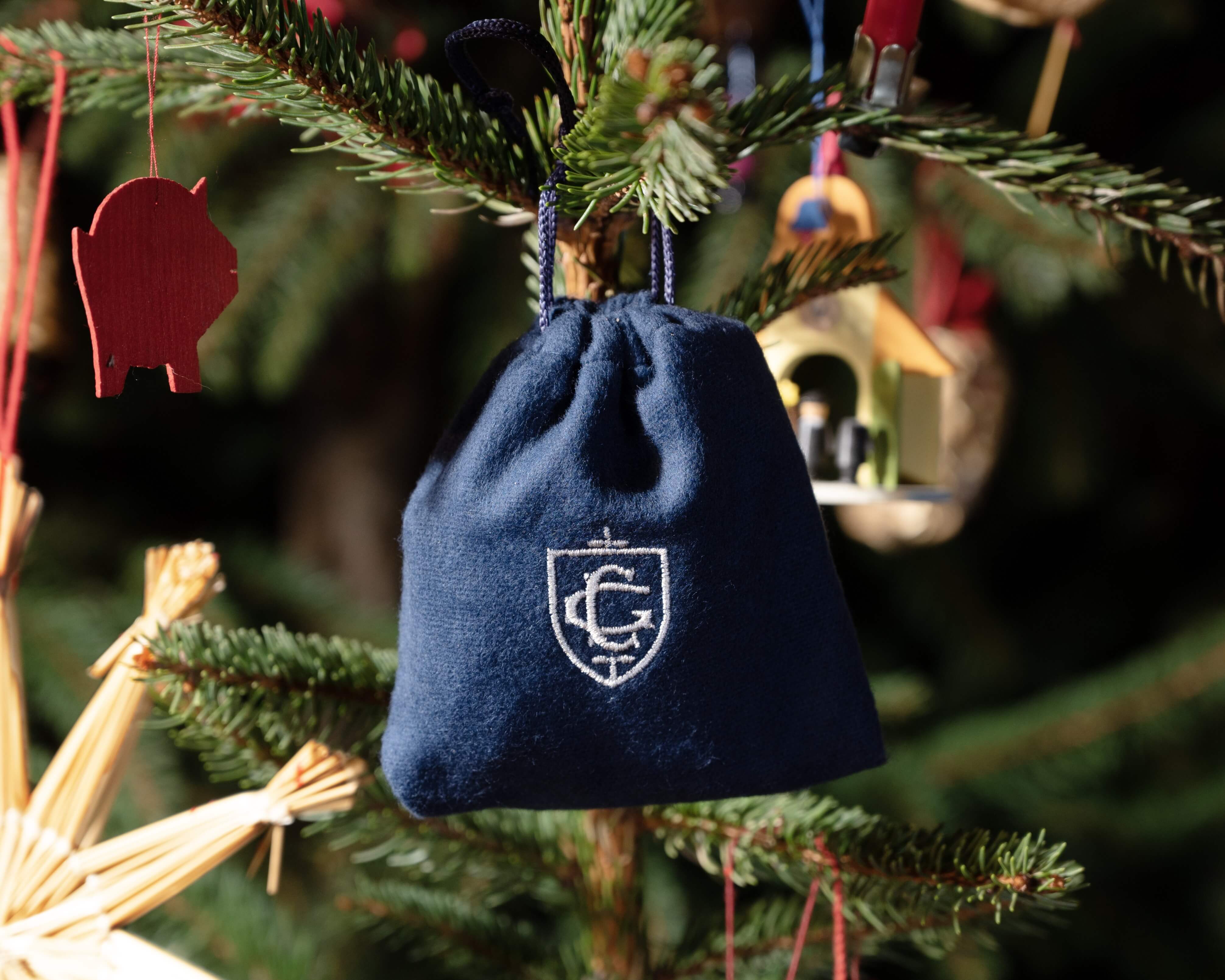
Cassandra shares her festive favourites, from stocking fillers to cherished traditions, and how she combines family, luxury and giving back this Christmas.
Read more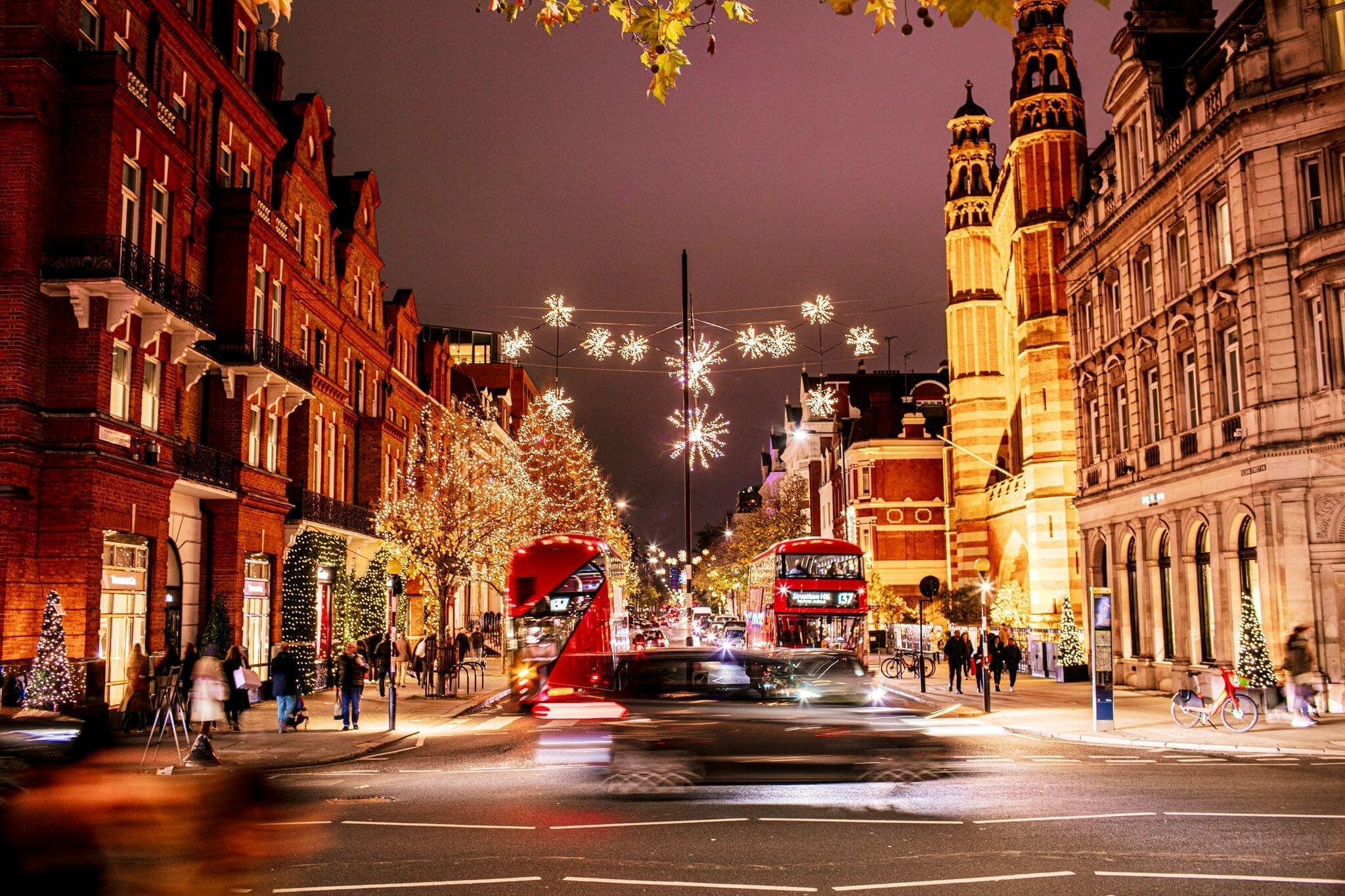
Cassandra's Guide to London in the Winter
Explore Cassandra’s ultimate winter guide to London - from cosy spots to dine to the most magical things to see and do this festive season.
Read more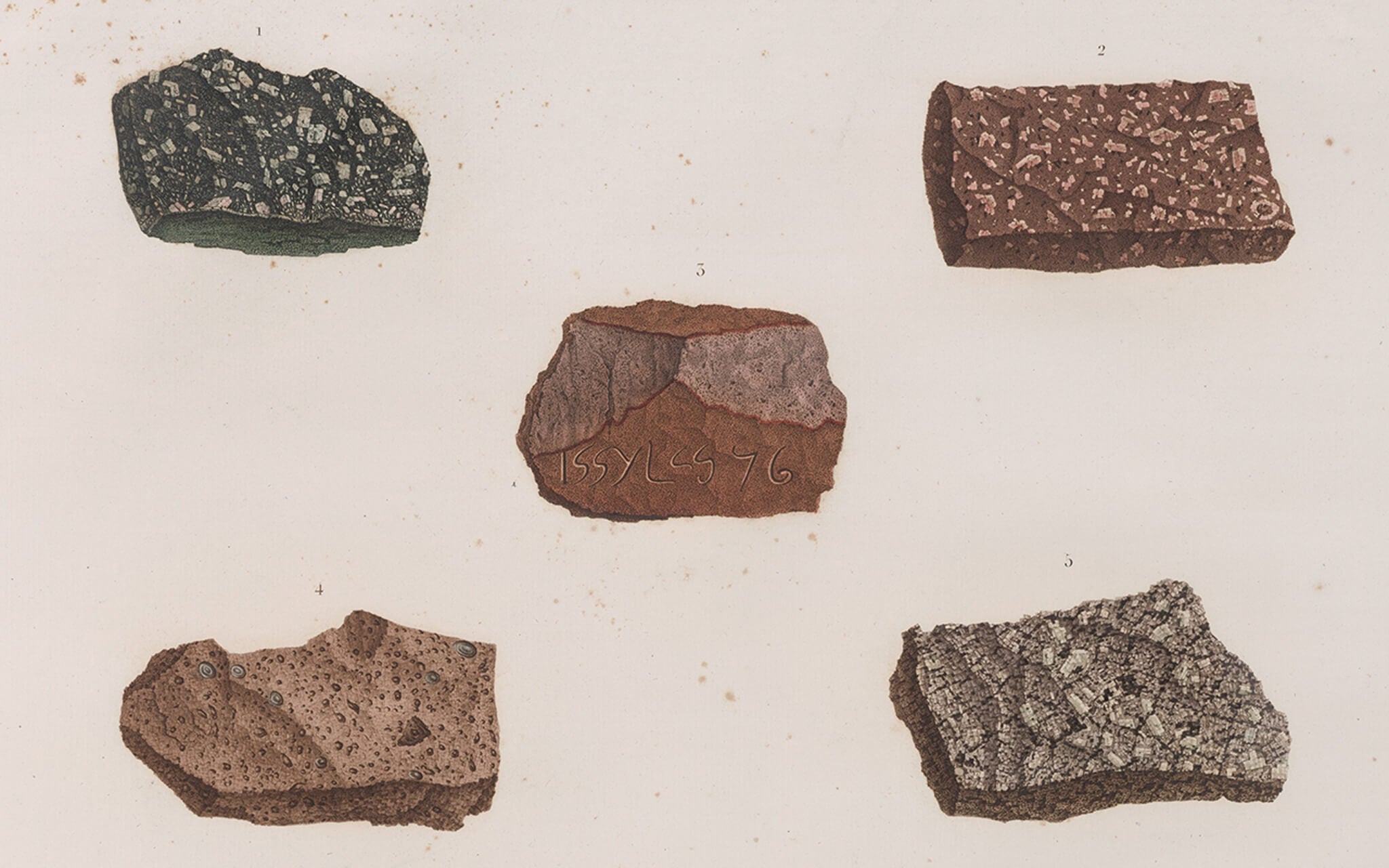
The Power of Purple: The Stone of Emperors
Named from the Greek porphyra (purple), porphyry is a volcanic rock famed for its rich purple-red hue - once one of the most prized stones of the ancient world.
Read more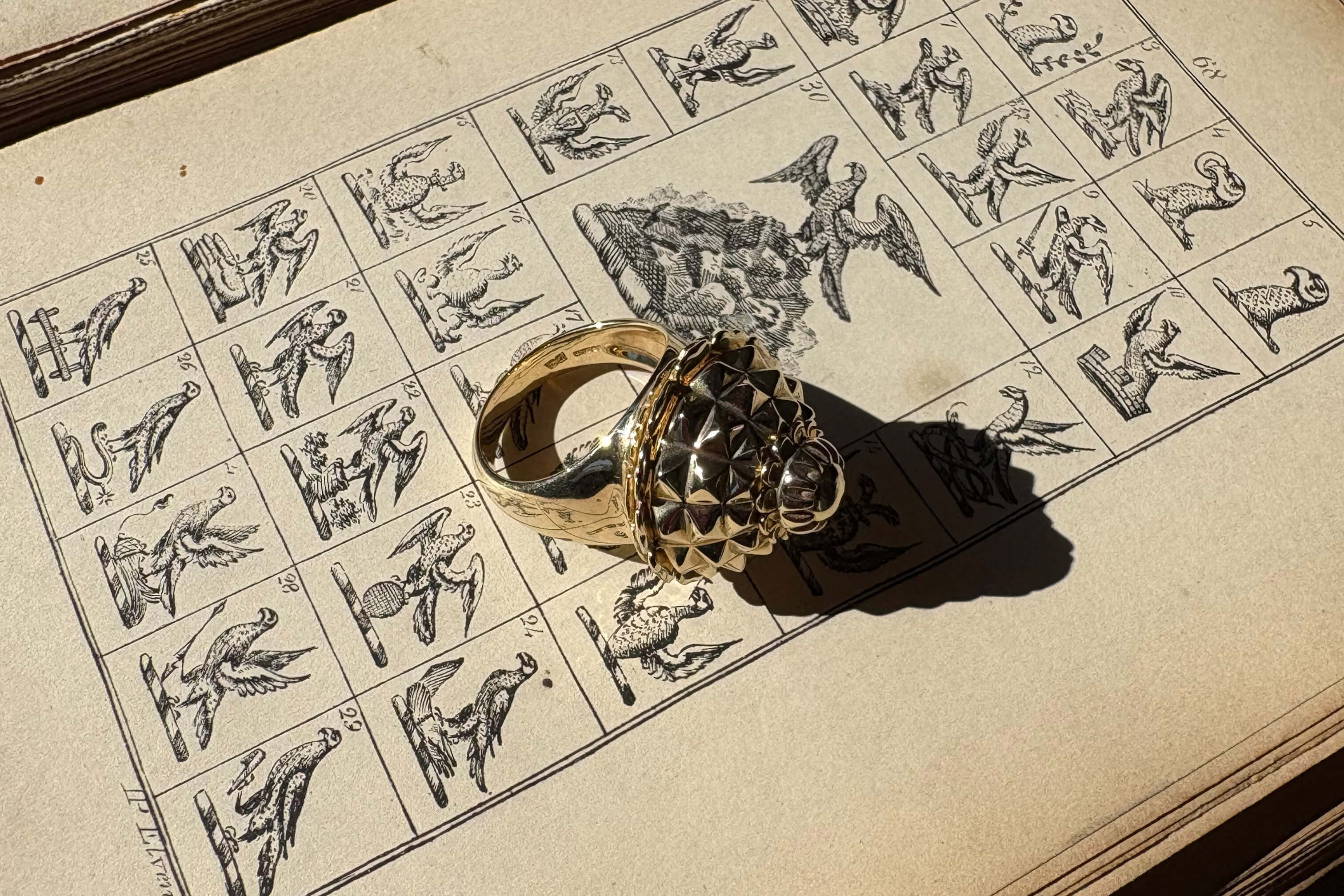
The Stories Behind Cassandra's Quirker Designs
For over forty years, Cassandra has been celebrated for her quirky style and witty, imaginative jewellery. Discover some of her most iconic designs by returning to where it all began.
Read more